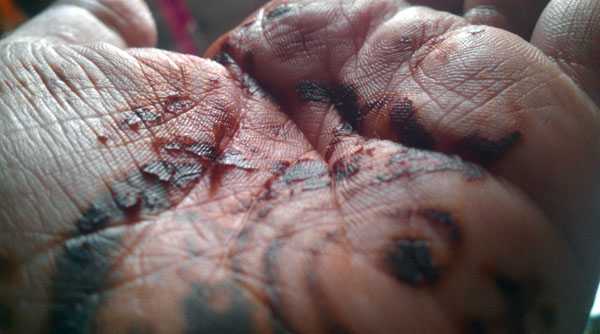C and I went to see the excellent Silver Linings Playbook last night (although I haven’t seen Lincoln, I wish Silver Linings had beat it for best picture as it was a lot more original than yet another Watch Daniel Day Lewis Be Commanding And Win All Awards movie). Also I want to be Jennifer Lawrence.
The ladies’ loos at R City Mall cinema were plastered with ads, for two uniquely feminine products. The first was ovulation strips. The second, the ‘rejuvenation’ cream 18 Again. The slogan on the bathroom ads for 18 Again? ‘Surprise yourself before you wow him’. 18 Again is a vaginal ‘rejuvenation’ cream (link probably NSFW). This cream claims to ‘tone’ muscles, addressing women’s ‘intimate feminine concerns’. One of the quoted medical experts says ‘This gel is for all age groups who have attained puberty and is approved by the expert gynaecologists.’ Let’s just go over that again. If you are a woman, as soon as you reach puberty, your genitals need fixing up. And if you don’t , you could suffer from ‘lax vagina’. What does a lax vagina lead to? ‘Loss of self-confidence, and stress and irritability’, apparently. (Ironically, many of the active ingredients are simply those that increase blood flow, like many, er, ‘love’ creams – in this case, use it in good health!).




